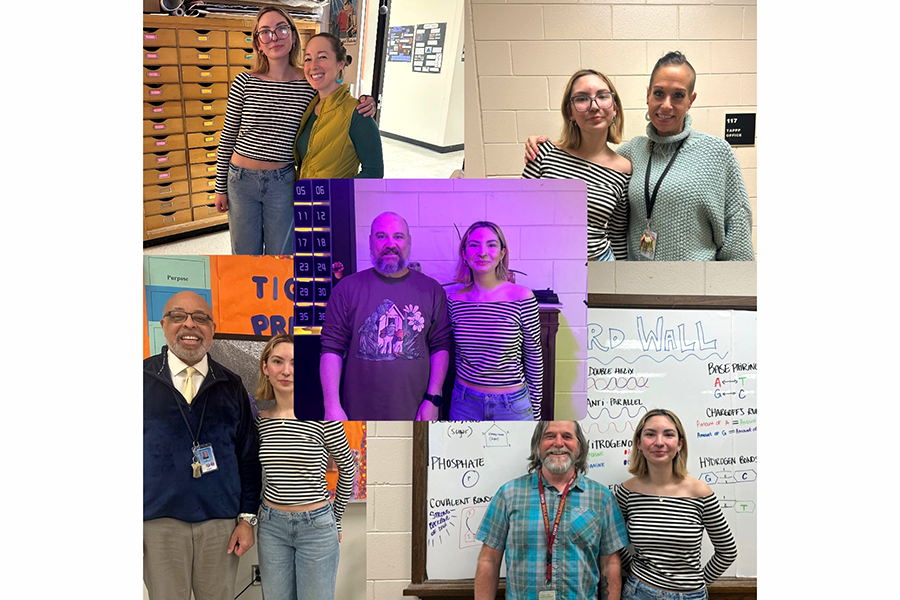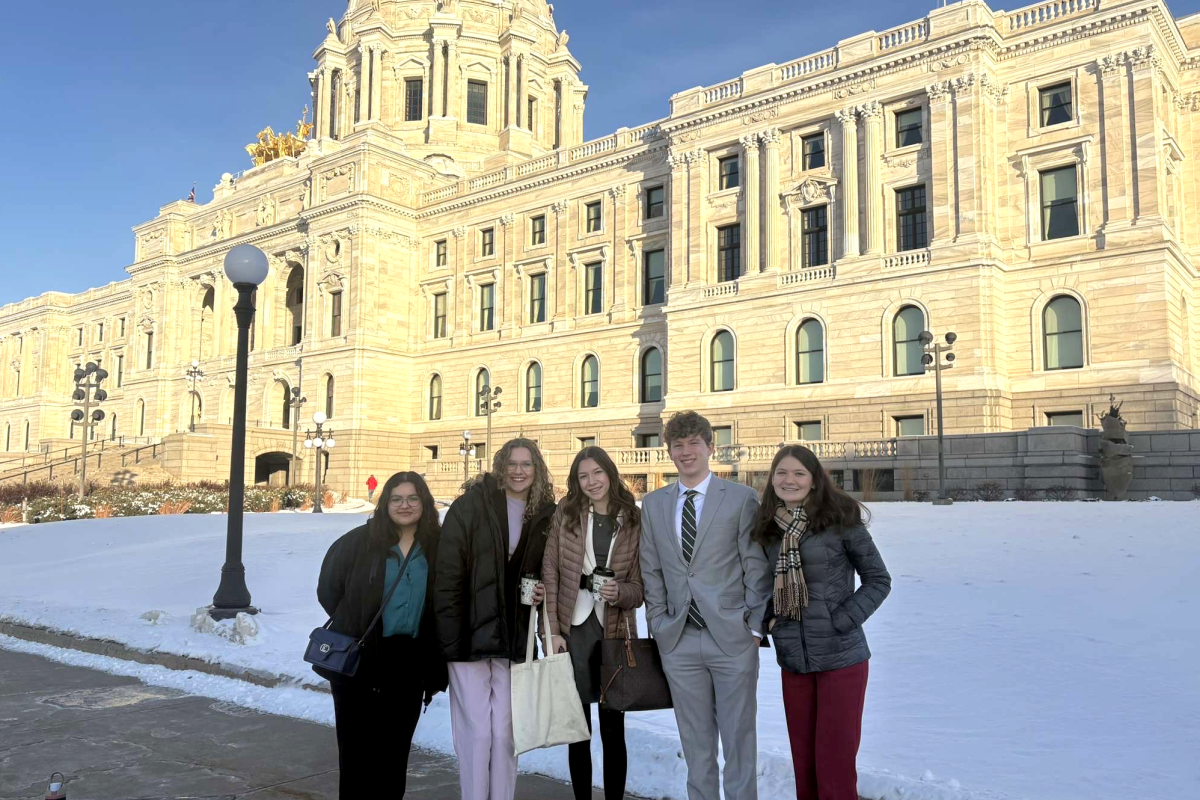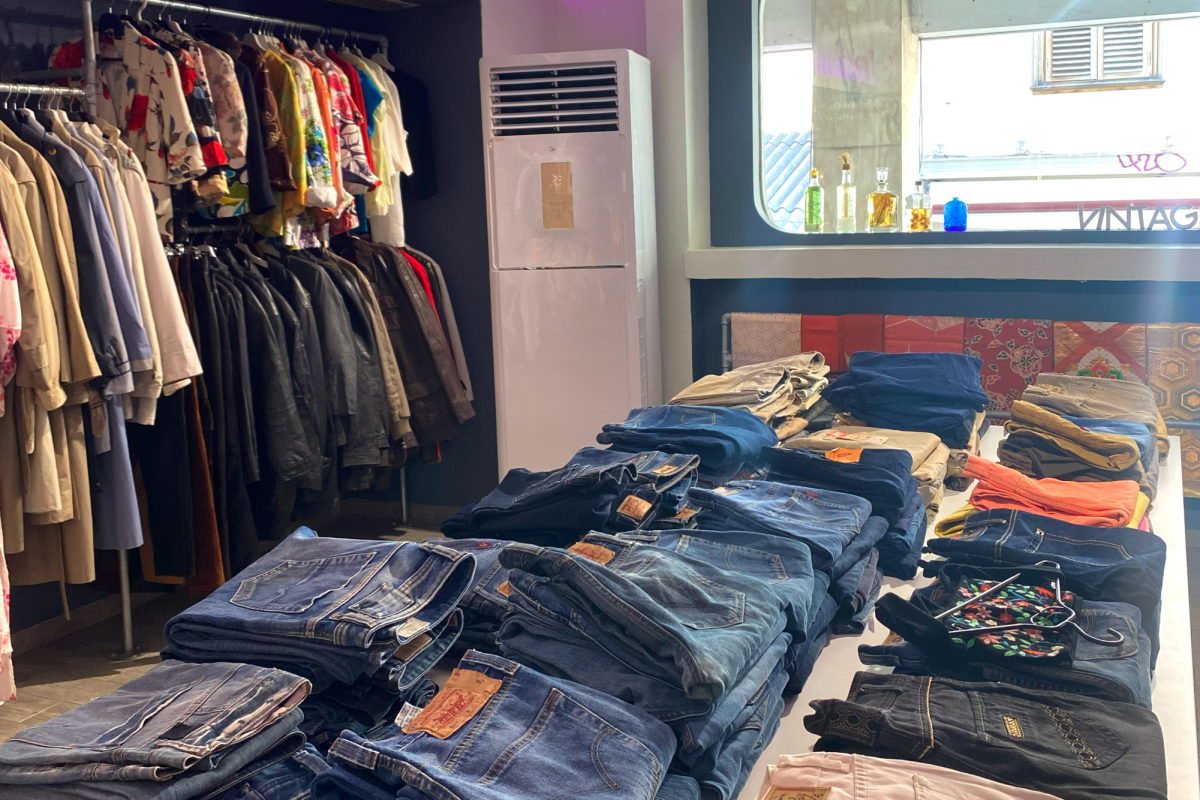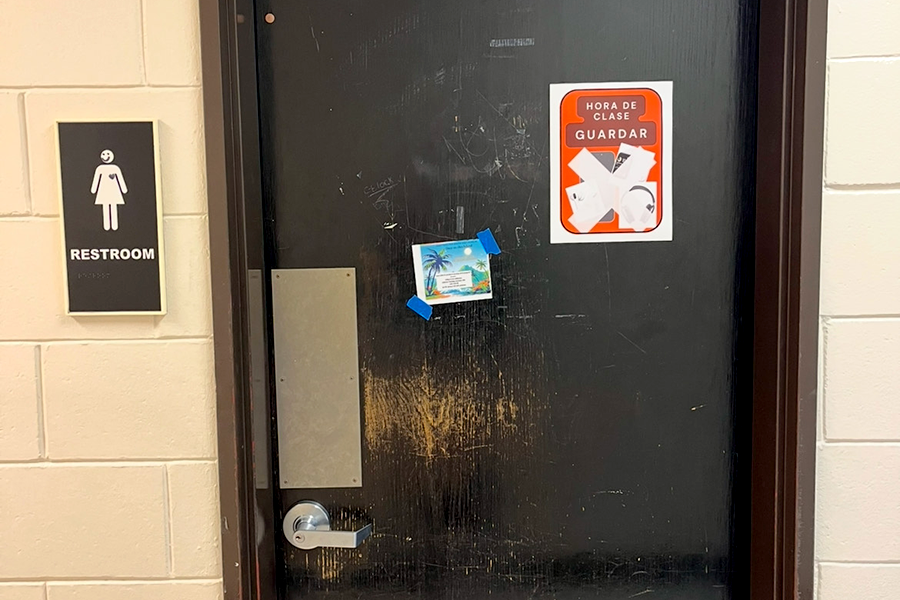Combining math and social justice is a new method of teaching the subject, and a way to integrate math into the community. Students learn mathematical concepts by using real-life models to better understand material.
At South, students in Morgan Fierst and Stephanie Woldum’s Advanced and Intermediate Algebra classes use information about college costs and events that are happening around the metro area as topics to study.
Doing so uses critical thinking, because they can’t just look in the back of the textbook to figure out the answer.
Fierst first began teaching this method of math when she first started at South.
According to Fierst, it was a lot of trial and error before math and social justice began to erupt in her classroom. Learning from previous experiences, she has discovered how to structure her class around this new perspective on math.
Fierst uses issues like college because it relates to many students in high school and “it gives them a reason for doing math and it has meaning,” she said.
When students are able to relate and connect themselves to what they are learning, Fiest hopes that this will motivate students to want to learn.
This January, Fierst and several students traveled to San Francisco, California, to attend a math and social justice conference called Creating Balance in an Unjust World.
She invited students from her class last year because they did projects as part of her social justice curriculum, as well as students wishing to continue projects. According to Fierst, at the conference there were many schools who had great workshops and inspirational speakers, but no other public schools that were teaching social justice math attended.
Sophomore Emily Barnhill, a student in Fierst’s Advanced Algebra math class said, “it was the first year I liked my math class.”
She attended the conference, and went to several workshops along with junior Fatuma Abdi.
One of the workshops was a stereotype workshop about how teachers subconsciously stereotype students, and how that affects students in the classroom.
Both Barnhill and Abdi, along with their fellow peers presented in classrooms to teachers and told them their experience with math and social justice in a public high school.
Most of the presenters at the conference were teachers from universities and private schools.
Barnhill and Abdi have both found that they like to connect math with real life experiences.
Abdi said, “When I think of math now, I try to connect the things I learn in math to things outside the classroom. I try not to see math as just numbers.”
In agreement, Barnhill said, “Math and social justice has helped me see that I can use math to make a difference in the world, be the change you want to see.”
Along with Fierst, Woldum also went to the conference. She found that combining math and social justice is a much better way for students to learn because they have to do self-learning, and it’s not just her projecting what needs to be done in the classroom.
In relating social justice to math, the teacher is a tool for students, instead of being the answer key.
According to Woldum, math and social justice has given her a chance to have conversations with students about how college impacts them. They have to figure it out themselves by using real-life data and forming their own opinions about getting a higher education.
According to Fierst, many teachers have trouble making that change from teaching from a textbook to using real-life models, because teachers live in fear of either not following the state curriculum, getting fired, or any other fears that could change the way students behave in their class.
“We are doing the same exact thing, but expecting different results,” said Fierst. Every student is different and some need to have a motivation to do math, and this is what Fierst wants students to take out of her class.
On May 15th, students will be presenting their work at an exhibition night.
Fierst said that when teaching math and social justice, “it becomes a more fluid part of peoples lives, it teaches them critical thinking, and its a justification and evidence tool.”






